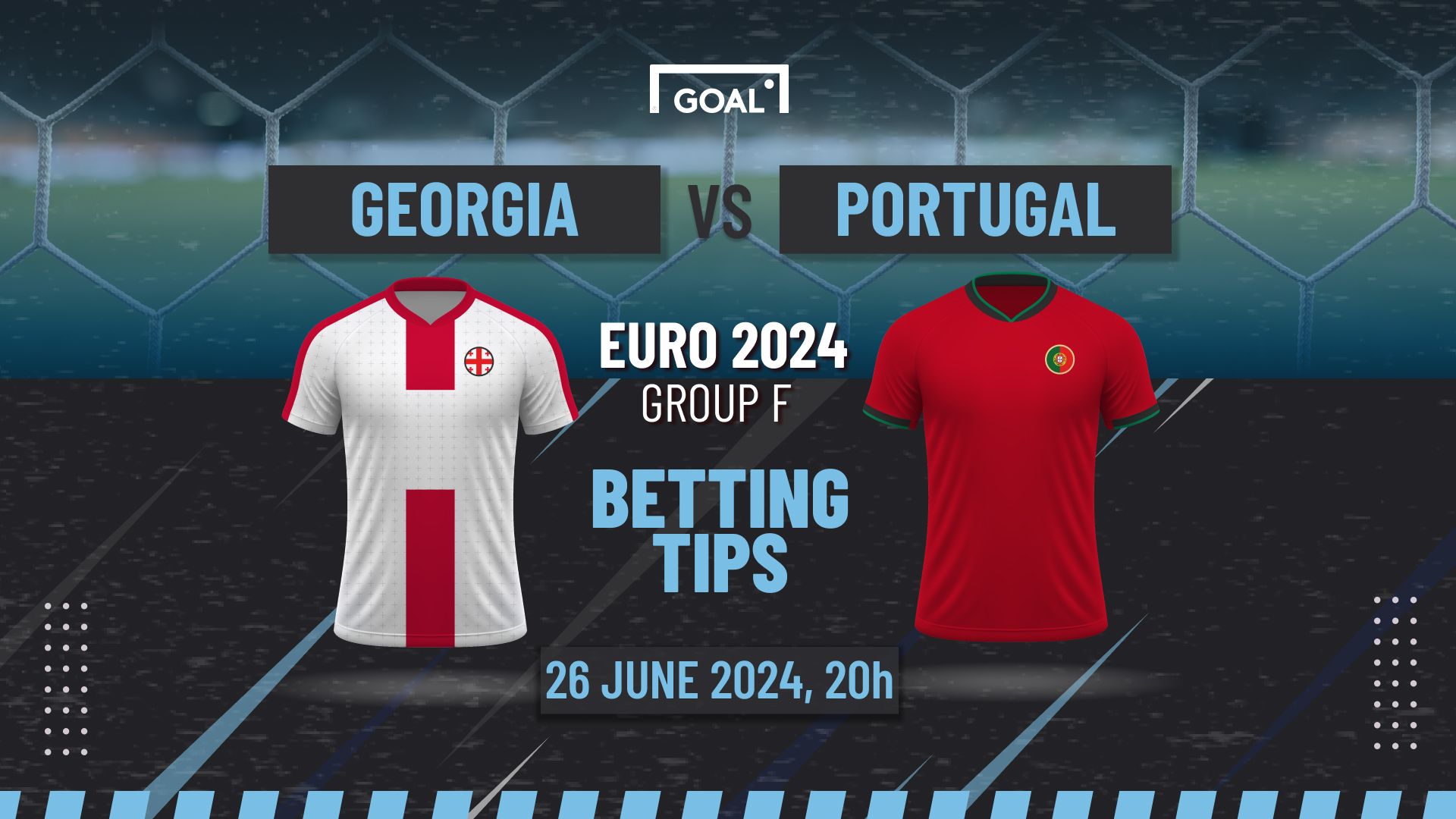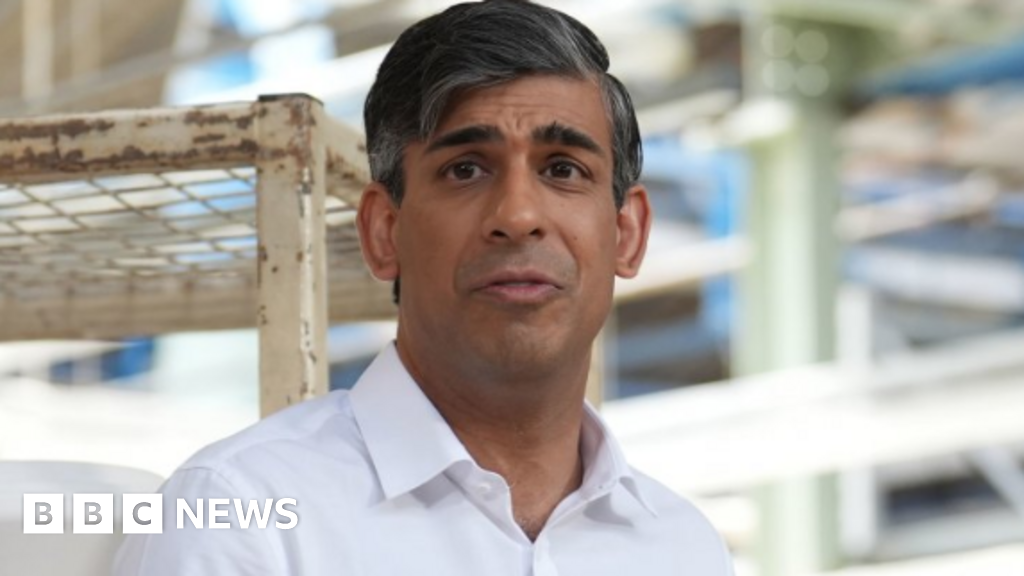If TripAdvisor covered Copa America playing surfaces, the reviews would be alarming. “A disaster”, “frustrating” and “bad for the spectacle” have been just some of the complaints from players and managers alike.
Big tournament soccer arrived in the United States this week and there is one aspect causing concern — just like at the European Championship in Germany, albeit for very different reasons.
Colombian singing superstar Feid performed at the Copa America opening ceremony in Atlanta on Thursday, but what came next was definitely not ‘pitch-perfect’.
Following Argentina’s 2-0 win over Canada at Mercedes-Benz Stadium, the playing surface was heavily criticised by players and Argentina head coach Lionel Scaloni.
Then after Chile and Peru’s goalless draw the following day, both managers added their own notes of caution about the field at AT&T Stadium in Dallas, Texas, where the United States men’s national team kick off their campaign against Bolivia on Sunday.
Peru manager Jorge Fossati identified it as a possible reason his captain, Luis Advincula, had to be withdrawn with pain in an Achilles tendon.
“It came out of nowhere,” Fossati said after the game against Peru. “I realise that this is a grass field today but it’s not normal grass. It’s not grass that’s born, and grows (naturally). It’s a grass they bring in from elsewhere.
“That can be a bit of a harder surface and it can affect you in that exact place (the Achilles). I’m not a doctor but I’ve been around football for a few years. Achilles injuries can be caused by that as well.”
Of the 14 host stadiums in use during the tournament — all approved by world governing body FIFA — eight have pre-existing grass fields or ones that are retractable and can be rolled out.
The final will be played at Miami’s Hard Rock stadium, home to the NFL’s Miami Dolphins, which has a surface of Bermudan grass. Hard Rock hosts two group matches — Uruguay against Panama on June 23 and Argentina versus Peru on June 29 — and then Feid is in town on July 6 before the final eight days later.
The U.S. play their second group game against Panama next week in Atlanta, on the surface that Argentina did not like, and USMNT midfielder Weston McKennie voiced his own concern.
“It’s frustrating, especially as a player,” he said. “You’re playing on a football field, with laid grass that’s all patchy and it breaks up every step you take. It’s frustrating.”
The playing surface at AT&T Stadium should be better than the turf that drew such opprobrium in Atlanta.
The Mercedes-Benz is a 73,000-capacity arena, shared by Atlanta United of Major League Soccer and the NFL’s Atlanta Falcons. It is an artificial turf surface that on occasion is replaced with a grass field placed on top.
Atlanta United played a home game on turf on Saturday, June 15 and the grass pitch was laid the following day, five days before Thursday’s match.
In Dallas, though, the task of converting the field from its normal turf surface to grass began on May 21.
AT&T Stadium’s standard playing surface was removed before topsoil was laid on top of concrete. Then on June 10 — 11 days before it hosted Peru and Chile — sod panels consisting of a Kentucky bluegrass from a farm in Colorado were laid down.
That bluegrass was transported to Dallas from Colorado in refrigerated trailers before the Cowboys grounds crew started work on it.
if you drove by the Death Star and noticed a weird pink glow emanating from the inside – the UV grow lights at AT&T Stadium are hard at work for the #CopaAmérica2024 grass installation. Full irragation system, 10″+ of top soil and Kentucky bluegrass. pic.twitter.com/z64LlD6zEv
— peter (@peet2) June 13, 2024
Cowboys execs know the eyes of the soccer world are on their home stadium, and remain hopeful there will be no major issues during the USMNT opener.
There is also recognition behind the scenes at AT&T Stadium that they have been on a learning curve. In March, it hosted the final of the CONCACAF Nations League, which saw the USMNT beat Mexico 2-0. In coverage before the game, CBS Sports host Susannah Fuller called the pitch “patchy” and “less than ideal”.
To improve, and with the added impetus of host duties for the World Cup in two years, the Cowboys have gone to new lengths to get it right. An irrigation system to keep the grass watered was placed under the 10-plus inches of topsoil, while huge artificial growing lights that can be lowered and raised were installed to provide light for quick growth and health.
USMNT head coach Gregg Berhalter said on Saturday: “We were here in Nations League in March and this field appears to be much better. Seems to be a base of sand, makes it much softer, but the grass itself looked really good and we were pleasantly surprised with the playing surface.”
Defender Chris Richards was also happy with the surface in Arlington. “I thought the pitch looked good,” he said. “It looked like proper grass, didn’t see really any holes in it. So I’m pretty excited to play on it.”
Chile boss Ricardo Gareca, however, reported his players felt the surface was dry on Friday night, despite it being heavily watered before kick-off and at half time.
“The pitch, they told me it was very dry,” he said. “It was a field that was a smaller size, a very small field. So OK then, we have to keep adapting.

Both managers criticised the surface for Peru’s 0-0 draw with Chile (Carlos Sipan/Eurasia Sport Images/Getty Images)
“It’s something we’ll analyse over everything because logically with a small field, with a dry field, sometimes that accommodates one team better than the other.”
The unavoidable issue could be that grass laid on top of concrete, or even the more extensive process undergone in Dallas, is not the same as permanent top-level pitches in Europe and South America.
John Mallinson is the founder of a British firm that has constructed pitches for Wembley Stadium, Manchester United and Manchester City among many others during his 40-year career. The Lancashire-based expert says quality surfaces depend on excellent drainage and the right calibration of subsurfaces.
“Being laid days beforehand wouldn’t necessarily be a problem on its own,” he said. “If the material below it is not capable enough of taking water, then you will get issues.
“It will also depend on fine details such as the particle size of the sand used under the root zone (a mix of soil and sand common at many Premier League grounds). You need a tough enough root zone to take a stud or blade without it ripping up.”
Mallinson thinks insufficient drainage of heavily watered pitches could cause the “trampoline” effect described by Argentina goalkeeper Emiliano Martinez, who labelled the Atlanta surface a “disaster” that “jumped on you as you ran”.

Lionel Messi is challenged during Argentina’s 2-0 win in Atlanta (Hector Vivas/Getty Images)
“If the drainage system isn’t right on a recently turfed pitch then you get some areas of the pitch that are wetter than others and you get a variable bounce,” he said. “The water trickles down through the cut lines.”
The dilemma for temporary pitches, he added, is that they need to be watered aggressively to grow enough.
The issues do not come as a surprise for Nedum Onuoha, the former Manchester City defender who spent two seasons in MLS with Real Salt Lake between 2018 and 2020.
“The issue is the biggest stadiums in the U.S. aren’t football stadiums, they are American football stadiums,” he said. “The fields at MLS grounds are way better. They’re more consistent and fair better even during the summers, which are extreme across a lot of America.
“The turf they lay out for games like at Copa can be really inconsistent for movement off the ball and changing direction can be tough. It cuts up a lot because it’s not really there.
“Add in 30C (86F) heat and a field that is really soft in parts and patchy in others and you don’t even know how it’ll bounce.”
Onuoha is equally not surprised at how outspoken players have been.
“The highest level affords you the opportunity to not have to play on fields that force you to play in a way you know you don’t usually play,” he said. “So the physical toll is higher, both with weather and the surface. There are 20 stadiums with perfectly good fields but they aren’t big enough so they do that.”
The reality remains that this tournament is a dry run for the world’s biggest in just two years. It is about laying foundations, in every sense, and getting things right.
But the early reviews are a warning shot — managers and players are not going to be shy in calling them out.
(Top photo: David J Griffin/Icon Sportswire via Getty Images)

Christine Lake is a sports fanatic who lives and breathes athletics. With an extensive background in sports journalism, he covers everything from major league championships to grassroots sports events. When she’s not on the field or at the stadium, you’ll find Christine coaching youth sports teams.



.jpg)



